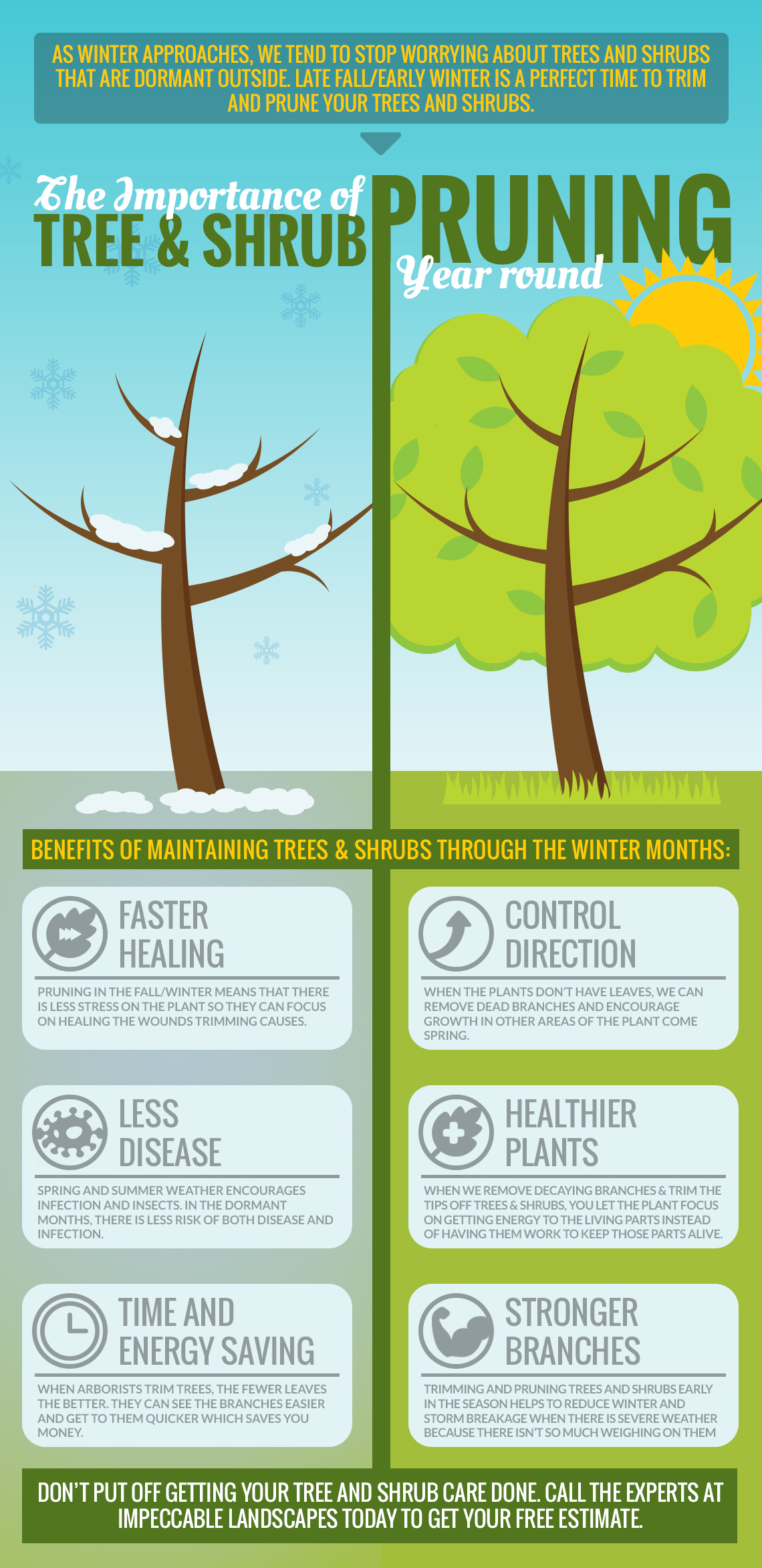Signs Indicating The Demand For Tree Elimination: Determining Risky Trees
Signs Indicating The Demand For Tree Elimination: Determining Risky Trees
Blog Article
Content By-Vogel Skovsgaard
When it concerns tree treatment, identifying the signs that it's time for elimination is important for your safety and security and home. You may notice blemished fallen leaves, wilting branches, or odd fungal growths indicating health issue. Structural problems, like a significant lean or fractures in the trunk, can likewise pose risks. Understanding these indication can aid you make educated decisions regarding your trees and stop possible dangers prowling in your backyard. What should you seek next?
Signs of Decay and Illness
When you see indications of decay and disease in your trees, it's vital to act promptly. Try to find tarnished fallen leaves, wilting branches, or uncommon developments like fungi. These can show that your tree is struggling.
If you see fractures in the bark or soft, mushy wood, these signs and symptoms suggest internal decay. In addition, a sudden boost in pests around your tree can signal that it's damaged and prone.
Check for any kind of dead or dying arm or legs, as they present a danger to your residential property and safety and security. If you doubt regarding what you see, getting in touch with an arborist can offer clarity.
Addressing these indicators early can save you from a lot more considerable damage and ensure the health of your yard. Do not wait till it's far too late.
Structural Instability and Leaning
As you observe your trees, keep an eye out for any indications of structural instability or leaning. If a tree leans dramatically, it might show that the root system is jeopardized.
Search for any kind of cracks in the trunk or soil around the base; these can indicate potential failure. Furthermore, check for unusual growth patterns, like an unbalanced crown, which might recommend that the tree is struggling to hold itself upright.
If click the up coming website page notice that the tree leans toward your home, high-voltage line, or other structures, it presents a higher risk. Do not overlook these indicators-- consult an arborist to evaluate the scenario.
Acting early can protect against costly damage and ensure your safety.
Dead or Perishing Branches and Vegetation
If you notice dead or dying branches and vegetation on your tree, it's a clear indicator that something's incorrect.
These undesirable areas can show underlying issues like illness, insect invasions, or ecological stress. When https://trentonjeytm.smblogsites.com/35292998/pruning-your-trees-at-the-suitable-time-and-using-the-right-methods-can-bring-about-impressive-changes-discover-exactly-how-to-enhance-their-development-potential lose their fallen leaves or transform brownish, they're no longer adding to the tree's health. Ignoring these indications might result in further decline, making your tree more hazardous.
Trimming An Apple Tree can easily break short throughout tornados, posing a danger to property and individuals nearby. It's vital to examine the extent of the damage.
If the issue affects a substantial part of the tree, think about seeking advice from a professional. They can aid identify if elimination is necessary to make sure safety and security and keep the elegance of your landscape.
Final thought
If you discover any indications of degeneration, structural instability, or dead branches on your trees, don't disregard them. These indicators can posture major safety risks to you and your residential or commercial property. It's always best to seek advice from a professional arborist that can provide a professional evaluation of your trees. Acting early can avoid mishaps and costly damage, ensuring your landscape remains secure and healthy. Bear in mind, it's much better to be proactive concerning tree treatment than to wait for a calamity to take place.
